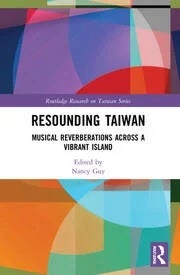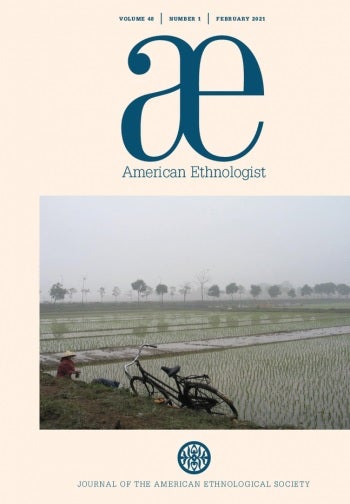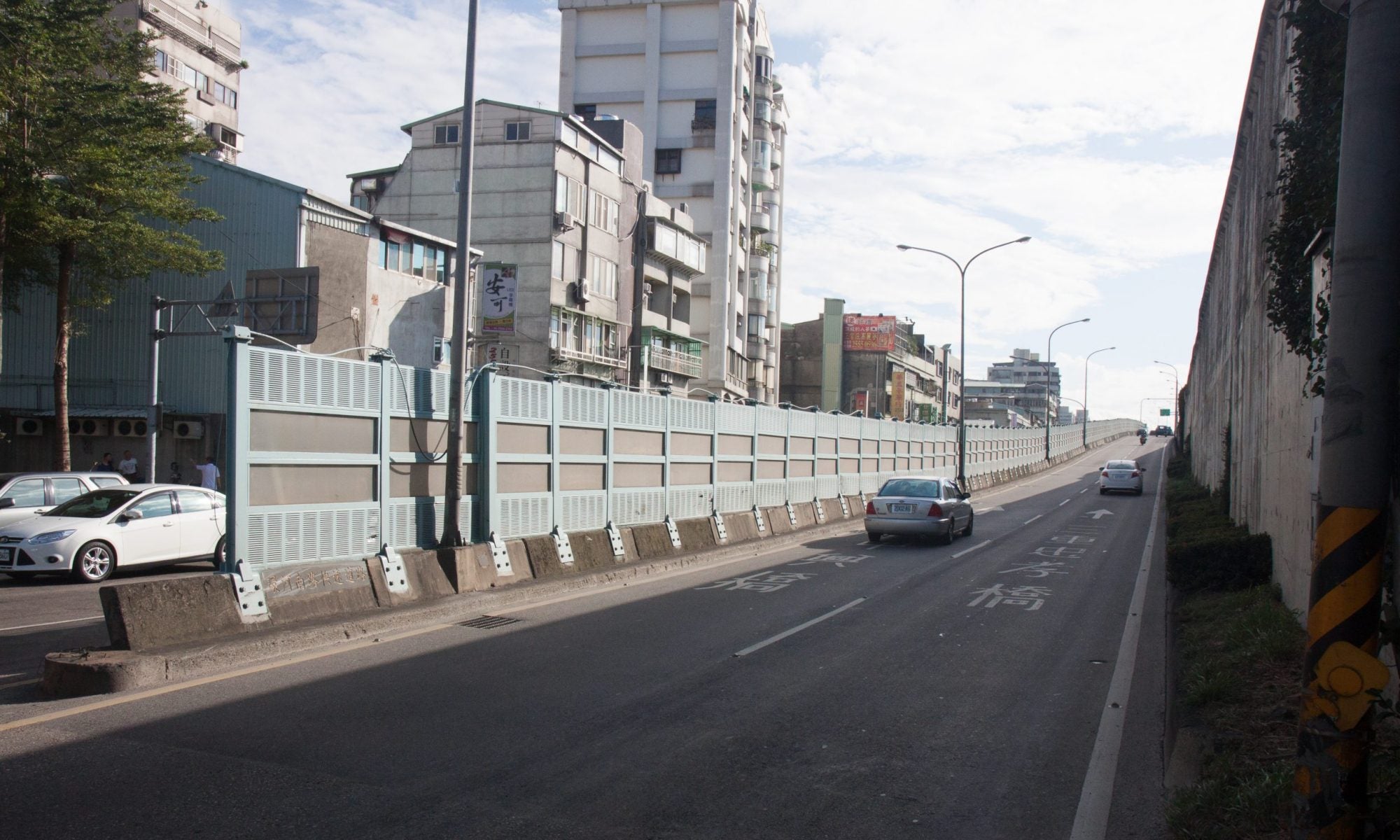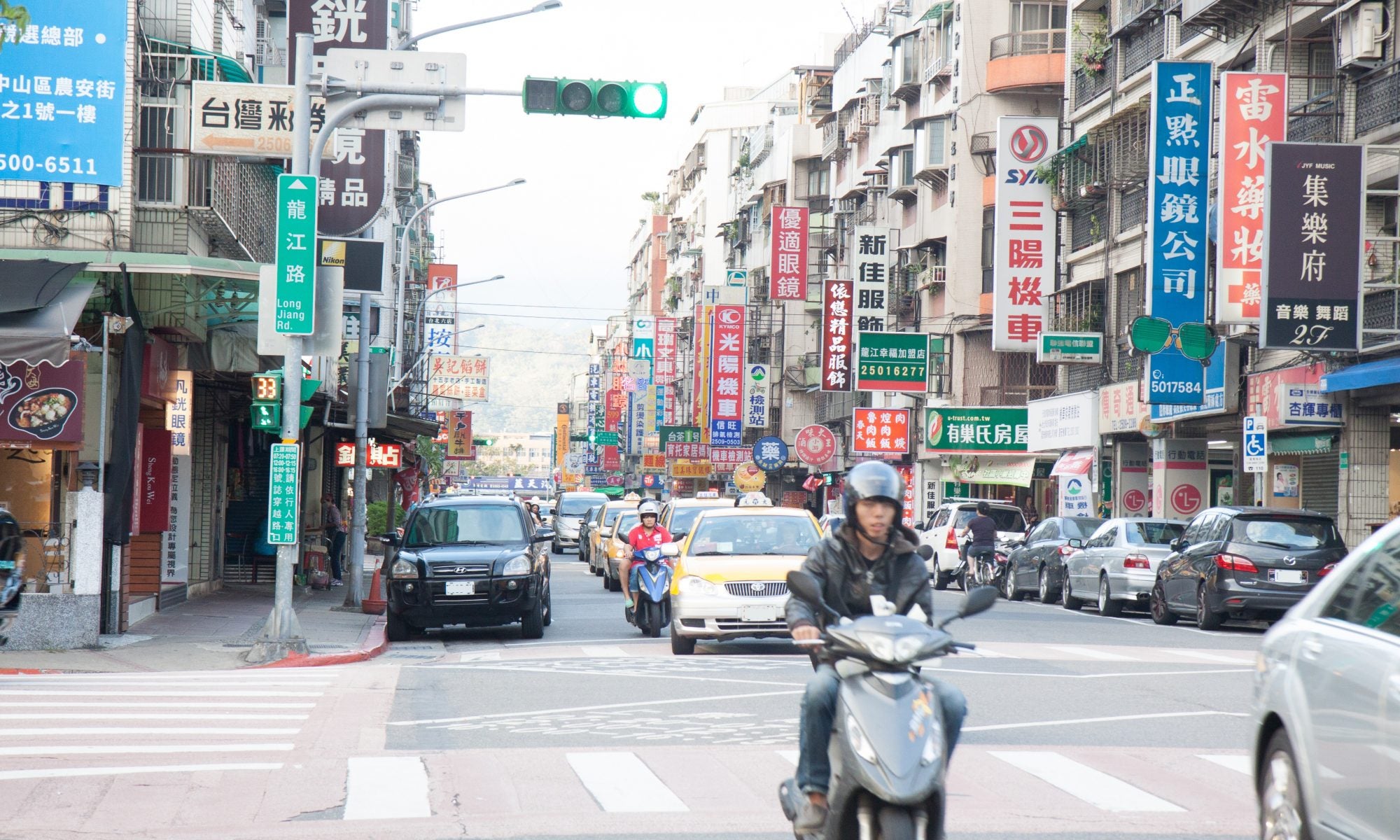I investigate sound and hearing in the context of Taiwan’s democratic liberalization. Specifically, I examine how auditory perception and noise-control engineering are tied to the formation of political subjectivity. My most recent book project, tentatively titled From Festival to Decibel: Making Noise in Urban Taiwan, analyzes the sociality of hearing and the production of noise as a material and discursive object in Taiwan’s environmental noise-control system. The book examines the way residents, civil servants, and environmental inspectors transform the fleeting qualities of sound into the regulatory object of noise that ties personal acts of hearing and listening with geopolitical questions of citizenship and belonging.
Featured image description: A street scene of Taipei. There are four lanes of traffic with buildings on both sides of the image. Scooters, cars, and taxicabs fill the streets. The buildings are flanked by vertical and horizontal signage in various colors using Han Chinese characters to advertise local businesses. A mountain range with greenery is in the background.
Publications

Hsieh, Jennifer C. 2022. “Noisy Co-Existence: Contestations of Renao and Zaoyin Amidst Taiwan’s Noise Control System.” In Resounding Taiwan. Nancy Guy, editor. Routledge Press.
The liveliness of temple festivals and traditional rituals throughout Taiwan, characterized by the concept of renao or hot-noisy, is largely celebrated today as a distinctive feature of Taiwanese music and culture, though it was not always the case. This chapter examines the concept of renao as a contested aesthetic during the creation of noise control regulations in the postauthoritarian transition. According to legislative officials in the 1970s and 1980s, the unrestrained display of renao by locals signified the backwardness of Taiwanese, an issue that featured prominently in legislative discussions about the regulatory scope of noise management. Drawing upon legislative proceedings and government reports, this chapter argues that the regulation of the sonic environment is central to the ongoing development of renao as a cultural value and that ongoing debates about the status of renao is productive of the relationship between government authority and political expression. Using ethnographic and historical data about government officials’ views of renao, as well as discussions with Taiwanese citizens about whether or not renao counts as noise, this chapter expands an understanding of renao from a cultural, local aesthetic into an articulation of political subjectivity, one that continues to be negotiated in the sonic domain.

Hsieh, Jennifer C. 2021. “Noise viscerality: Navigating relations in a sonic climate.” HAU: Journal of Ethnographic Inquiry.
By hearing and identifying a noise problem, residents in Taiwan transmute the visceral experience of noise in relation to neighbors, the state, and others. In the countryside, in the city, and in the ocean, the challenges of negotiating noise speak to the apprehension of a sonic climate that mediates the limits of a shared, human experience, as well as the possibilities for living with others in spite of those limitations. In these cases, noise acts as a metanarrative device through which social anxieties, technocratic protocols, environmental change, and visceral forms of sensing are brought together to anticipate and enact socialities around sound. An ethic of relating emerges through the efforts of diverse individuals to create a shared sense of community despite differences in embodied experience.

Hsieh, Jennifer C. 2021. “Making Noise in Urban Taiwan: Decibels, the State, and Sono-Sociality.” American Ethnologist.
During Taiwan’s transition from authoritarian rule to liberal governance in the 1970s–80s, the government introduced a noise-control system that uses technological instruments to manage citizens’ everyday noise problems. Rather than reducing noise problems, however, the system has amplified the disparity between a sound that is heard and one that is measured, calling into question the efficacy of noise control to attend to citizens’ needs. For residents and state actors in Taipei, the contradiction underlying noise control forms a lived condition of urban life, one that has initiated sono-sociality, or social relations that emerge through efforts to communicate and interact with sound.

Hsieh, Jennifer. 2020. “To Hear as I Do: The Concessions of Hearing in a Noise Management Apparatus.” In Testing Hearing: Science, Art, Industry. Alexandra Hui, Mara Mills, and Viktoria Tkaczyk, editors. Oxford: Oxford University Press.
As part of democratic liberalization in the late 1970s and 1980s, noise abatement signified the Kuomintang (KMT) regime’s attention to the quality of life of local Taiwanese residents. However, the use of scientific, objective indicators for noise, such as decibels, also had the effect of subjecting individual, human experience to the standardizing techniques of quantification and measurement. This chapter examines the application of Western technologies of audiometry and noise abatement in the context of Taiwan’s transition to a postauthoritarian state. Through an analysis of audiometric testing of hearing health among schoolchildren and neighborhood-wide socioacoustic surveys that assessed noise tolerance levels, this chapter asks how hearing and noise became interests of the state—as both a source of state authority and a symbol of liberal governance.

Hsieh, Jennifer C. 2019. “Piano Transductions: Music, Sound, and Noise in Urban Taiwan.” Sound Studies Journal, 5(1): 4-21.
While scholars have drawn attention to the production of space through sound, there has been less attention given to the interchange between multiple co-existing environments. This paper examines how the sounding of one place informs and produces the sounding of another by focusing on Western art music as it is multiply negotiated by urban residents in Taipei, Taiwan. Building upon Stefan Helmreich’s provocation on the transductive quality underlying immersive soundscapes, this paper looks at how various instantiations of piano playing in apartment buildings, on municipal garbage trucks and on the Taipei Mass Rail Transit System produce expectations for sonic space in a relational, rather than isolated, context. By analysing a grassroots campaign to regulate household piano practice, this paper shows how cultural expectations for the sounding of one place is spatially and ontologically produced in relation to adjacent auditory environments throughout the city. Contributing to discussions for a sounded anthropology, this paper addresses how residents navigate diverse auditory environments and calls for ethnographic attention to the movement between, not only within, sounded spaces.
Media files related to my research can be found in the section, “Sound & Vision.”


